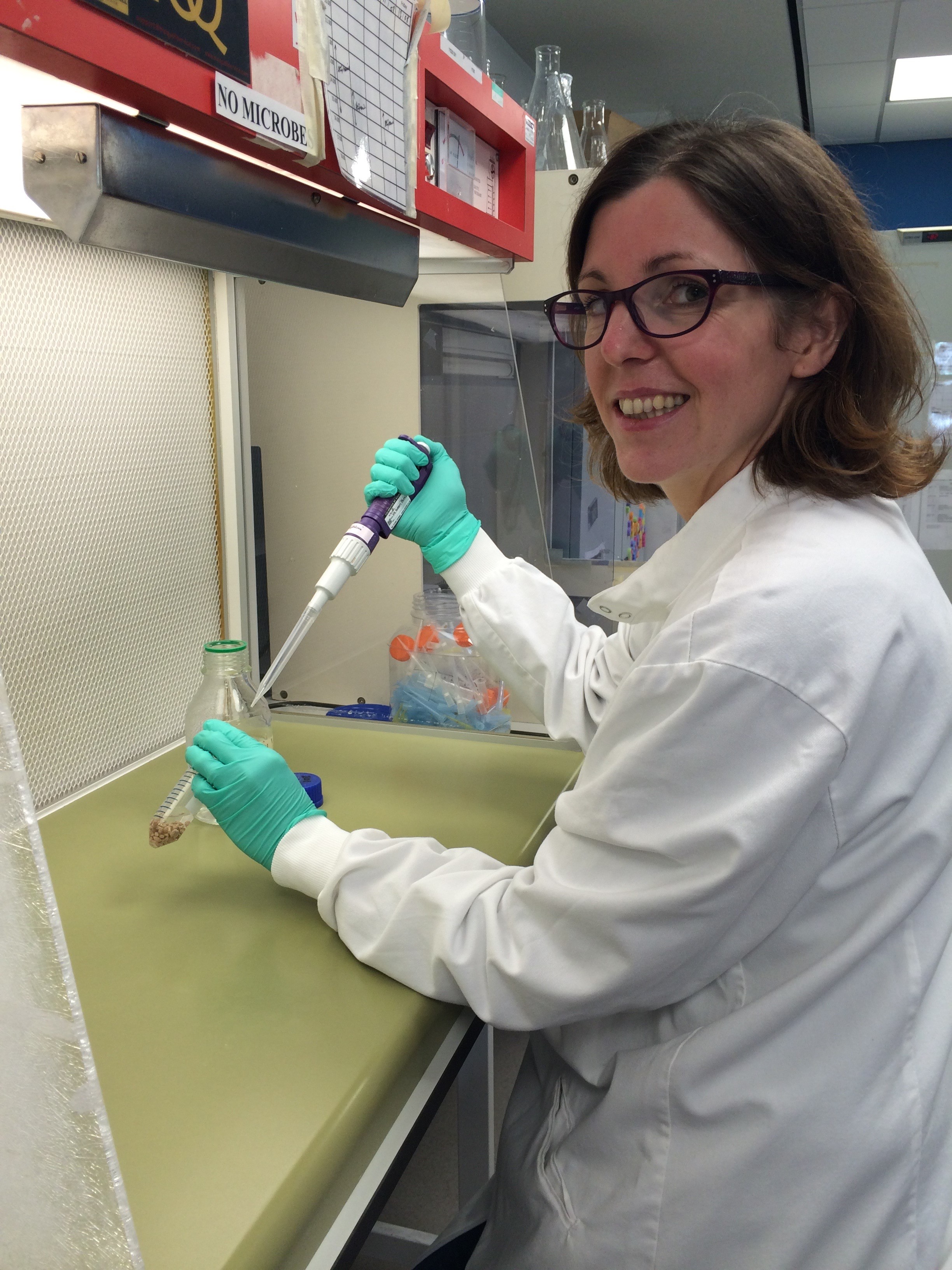Identifying nutrient-status dependent elements regulating the wheat transcriptional response to neighbours
We propose to use RNAseq to investigate the wheat response to the presence of neighbour under low and high nutrient conditions, with the aim of identifying nutrient-status dependent regulators of the transcriptional response to neighbours.
The Idea
Our previous work has shown that wheat plants grown under high nutrient conditions showed a clear response to the presence of a neighbour. Under those conditions, wheat lateral roots were shorter in the presence of a blackgrass (Alopecurus myosuroides L.) or Brachypodium dystachion (competing neighbours) compared to laterals from a wheat plant grown alone, this is largely driven by a higher proportion of laterals with a length < 0.5cm in the presence of a neighbour. However, under low nutrients conditions there was no significant neighbour effect on lateral roots length. This lead to the hypothesis that, wheat plants which are nutrient replete are more sensitive, or more likely to respond, to the presence of a neighbour, and that the nutrient status of the plants is affecting the response to neighbour. As an exploratory experiment, we propose to compare the transcriptome of lateral roots (controlled for size, i.e. lateral roots shorter than 0.5) from wheat plants grown under high (HN) vs. low nutrient (LN) conditions (similar to those used in our previous work), and identify genes that are differentially regulated. In addition, we will compare the lateral root transcriptome of plants grown in the presence (wbg) or absence (w1) of a neighbour, under low vs high nutrient conditions. Thus, we will have samples from four conditions: w1-HN, w1-LN, wbg-HN, wbg-LN.
The Team
Dr Stéphanie Swarbreck,
Postdoctoral researcher, Department of Plant Sciences, University of Cambridge
Dr David Swarbreck,
Research Group Leader, Regulatory Genomics, Earlham Institute, Norwich
Project Outputs
Project Report
Summary of the project's achievements and future plans
Project Proposal
Original proposal and application
Project Resources
Update on investigation of wheat roots transcriptional response to neighbour
Summary
Blackgrass is a major weed in the UK that can significantly affect winter wheat production. Our work has previously shown that in the presence of a neighbour, including blackgrass, wheat lateral roots tended to be shorter than when wheat plants were grown alone. To gain a better understanding of the wheat response to the presence of neighbour we decided to use a broad approach of the transcriptional changes. The aim of the project was to use RNAseq to investigate the transcriptional response to the presence of a neighbour, in wheat lateral roots. We have so far conducted the experiments, extracted RNA from some samples, and samples for all replicates will be sent for sequencing soon.
Report and outcomes
We have conducted the experiments were wheat plants (from the variety Hereward, known to be susceptible to blackgrass in the field) were grown in the presence of blackgrass in a gel-based sterile system that is supplemented with high or low nutrient media (as described in Finch et al. 2017, PLoS ONE 12(5): e0178176). The seeds used here were collected from the field, and despite following standard surface sterilisation procedures, some contamination did occur. Experiments were repeated to obtain the sufficient number of replicates. Whole roots were pulled out from the gel media without damage, and placed in RNA later, thus allowing to preservation and protection of RNA without the need for freezing the tissue straight away. Root systems were scanned using a flat-bed scanner, and images will be analysed for changes in root system architecture. Subsequently, lateral roots were excised and separated from seminal roots. These were then frozen until further used. An initial RNA extraction was conducted using the RNeasy Plant mini-kit (Qiagen) and showed that our procedure could allow for the isolation of sufficient amount of good quality RNA for RNAseq analysis. We are still in the process of obtaining all replicates RNA samples before sending these for sequencing.





